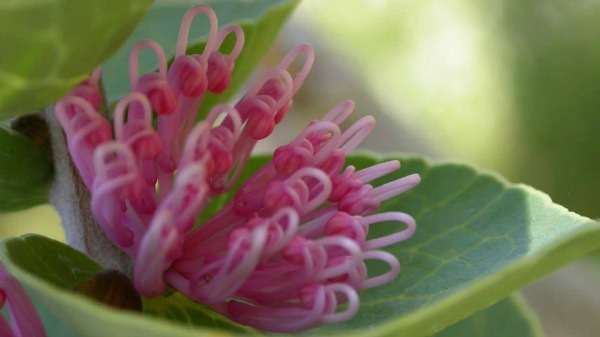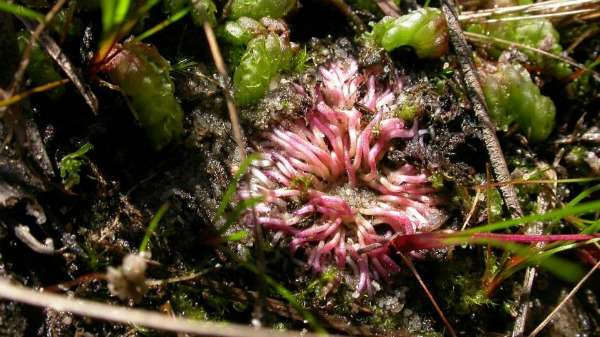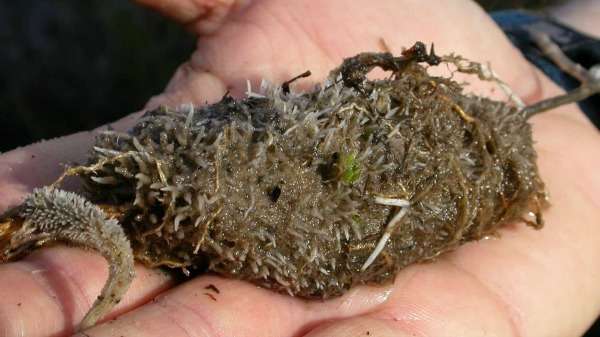A Hakea cucullata. Credit: Hans Lambers
Scientists are one step closer to understanding how plants that naturally occur on soils with very low phosphorus levels manage to acquire this essential nutrient.
University of Western Australia School of Plant Biology and Institute of Agriculture Professor Hans Lambers and his team modelled the cluster roots of Proteaceae plants like Hakea and Banksia to unravel this mystery.
Plants commonly solve this problem by forming a symbiotic association with fungi to create mycorrhizal structures, which enhance the volume of soil that can be explored thus playing a pivotal role in acquisition of poorly-mobile nutrients.
Prof Lambers says Proteaceae plants have devised an alternative strategy whereby proteoid, or cluster roots, exist instead which release carboxylates in bursts.
"Carboxylates are negatively charged organic molecules that hold the key to the success of plants that produce cluster roots by making poorly-available phosphorus available for uptake by plant roots," he says.
"In soil, the carboxylates take the place of phosphorus molecules, which are also negatively charged; these phosphorus molecules in soil are strongly bound to soil particles and very had to get.
Cluster Roots of Hakea ceratophylla. Credit: Hans Lambers
"This strategy based on carboxylate release only works if the concentration of carboxylates is far greater than the concentration of phosphorus attached to soil particles."
Prof Lambers says carboxylates are not released at a slow rate over the cluster root's life; rather, they are accumulated inside the clusters and then released at very rapid rates over a period of a few days only.
He says releasing them slowly over a long period would feed the many microorganisms that live in the soil, and thus prohibit the exchange of phosphorus for carboxylates.
"However, releasing them over a short period at very rapid rates prevents the microorganisms from consuming most of the released carboxylates, and thus allows the carboxylates to release phosphorus," he says.
"The cluster roots also release compounds that inhibit microbial activity, thus protecting carboxylates from consumption by microbes."
Cluster roots of Hakea ceratophylla. Credit: Hans Lambers
He says that when growing Proteaceae it is important people do not fertilse them, especially with phosphorous.
"They are perfectly capable acquiring the phosphorus without adding this to soil," he says.
Prof Lambers says understanding how plants with cluster roots function allows scientists to breed for or select crop plants with the best cluster-root strategy given the soil in which they are grown.
"Not all cluster roots function in exactly the same manner. Some live somewhat longer and release carboxylates at a much different rates," he says.
Provided by Science Network WA

























